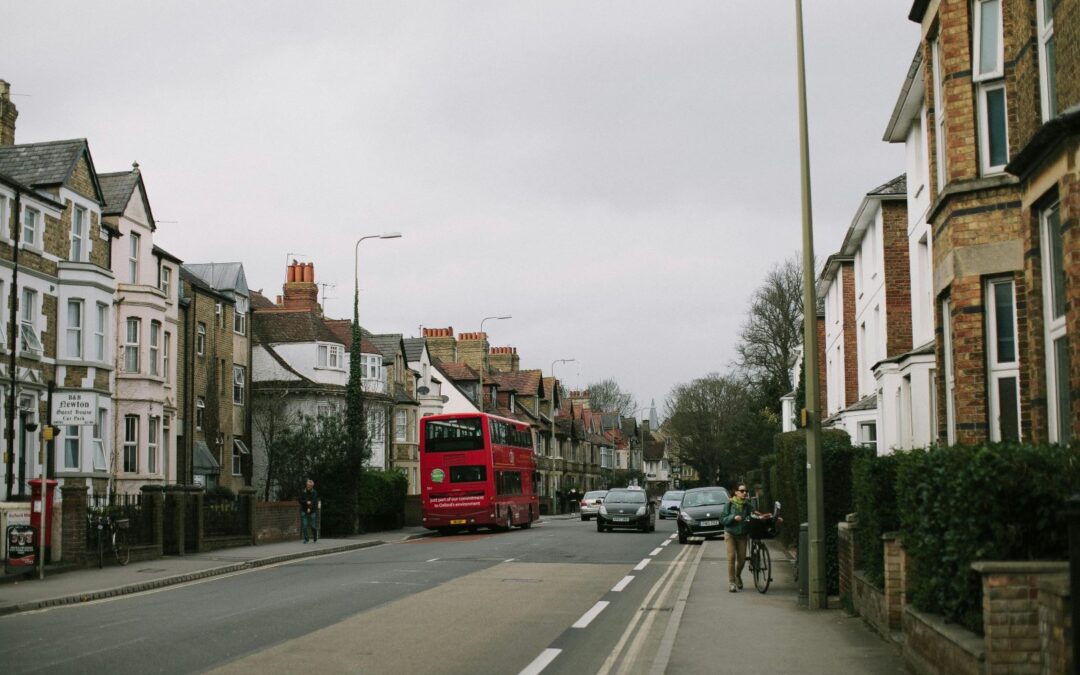On 4 July in 2024, Labour won a landslide election to form a government. From the offset, it became clear that housing would be a big policy area. Now, one year on from that momentous win, we wanted to take a look at the housing market today to see how it’s been impacted by the Labour government and how they’re measuring up to their pledges.
The housing market
Data from the UK Land Registry shows that the average UK house price in July 2024 stood at £290,000. By April 2025, when the latest data was released, and prices appear to have fallen to £265,000. Many will put this down to the end of the Stamp Duty Land Tax holiday at the end of March. This policy meant Stamp Duty would be introduced at a lower price threshold, therefore increasing the number of properties which would become liable to the tax. Moving forward, it will be interesting to see if this price drop is a short-term response or becomes a more sustained impact.
Encouragingly for many buyers, interest rates have continued to fall since the election in 2024. When Labour were elected, the Bank of England rate was 5.25% while the current rate stands a full percentage point lower at 4.25%. This would be viewed as a positive for buyers and those with a mortgage, with borrowing set to be cheaper in comparison to this time last year.
Perhaps due to a combination of lower house prices and falling interest rates, the number of transactions, according to government data, seen in May 2025 (the most recent data), has increased substantially in comparison to the month before. While April saw 65,110 transactions, May saw an increase of 25% to 81,470. However, it is important to note a decrease of 12% in the number of transactions when comparison is made to May 2024, before the Labour government came to power. This year-on-year fall may be due to the ongoing effects of the end of stamp duty holiday, with sellers needing further interest rate drops to encourage more market activity.
When looking at the housing market as a whole, we see mixed responses to the Labour government’s year in power. But how have their housing-specific policies been received by the sector and are they on plan?
1.5 million new homes
In a large announcement last year made with great fanfare, the government announced a commitment to build 1.5 million new homes by the end of their current Parliament in 2029. The response was mixed, while some raised concerns about where these homes will go, others celebrated the building of much needed housing. But how close are they to hitting this target? Estimates vary.
According to a government report published on 20 May, Homes England has surpassed its 2024/25 annual targets for the number of new homes started (more than 36,000), the number of new homes completed (38,000) and the number of potential homes unlocked (79,000). All of these figures saw increases in comparison to 2023/24.
However, in their latest forecast, Savills expect the delivery of housing to fall significantly. They expect to see 840,000 new homes built in the 5 years to 2028/29. This will leave the final figure 42% lower than the overall target. Savills note the fall in planning consents over the last three years and the need for patience regarding the Planning and Infrastructure Bill.
Planning and Infrastructure Bill
This legislation was announced along with the 1.5 million new homes pledge to explain how this much higher figure could be achieved. By reforming the planning system, the aim is to make it easier and quicker for planning permission to be granted, therefore encouraging more building. This will include the reintroduction of mandatory housing targets for councils, opening up ‘brownfield’ and ‘grey-belt’ land, and introducing golden rules for green belt of land, i.e. including a certain number of affordable or social properties and providing the necessary improvements to local infrastructure.
The bill is currently going through a second reading in the House of Lords, having passed through the Commons. While some support the updates to the planning system and opening up of land, many concerns about the bill have been raised. Concerns include a fear that it could bypass local democracy by undermining the role played by planning committees, the sharp increase in housing targets in rural areas with inadequate infrastructure and a lack of skilled workforce to build the new properties.
The bill continues to be discussed and will be put to the King to be made law once all amendments have been made.
Renters’ Rights Bill
Our latest Property Sentiment Index showed a small proportion of the UK public know a lot or a fair amount (30%) about the Renters’ Rights Bill, despite 48% of those surveyed currently renting the home they live in.
The bill intends to improve the current private rental system, giving renters more security and stability. Key factors include:
- Removing landlords’ ability to evict a tenant without reason.
- Give tenants a strengthened right to having pets in the property.
- Apply the Decent Homes Standard to the private rented sector.
- Make it illegal for landlords to discriminate against prospective tenants due to factors like having children.
- Ensure landlords do not increase rents above the level of inflation.
While renters may welcome the increased protections, landlords warn that stricter regulations and rent controls could discourage investment in the sector. Some have already indicated plans to exit the market, which could reduce rental supply and put upward pressure on rents.
Conclusion
One year on, Labour has made housing a clear policy priority—backed by significant financial commitments and ambitious legislation. Public and industry responses remain divided, and it remains to be seen whether Labour can meet its target of 1.5 million new homes by 2029.
Start your home search now by visiting OnTheMarket.com.






